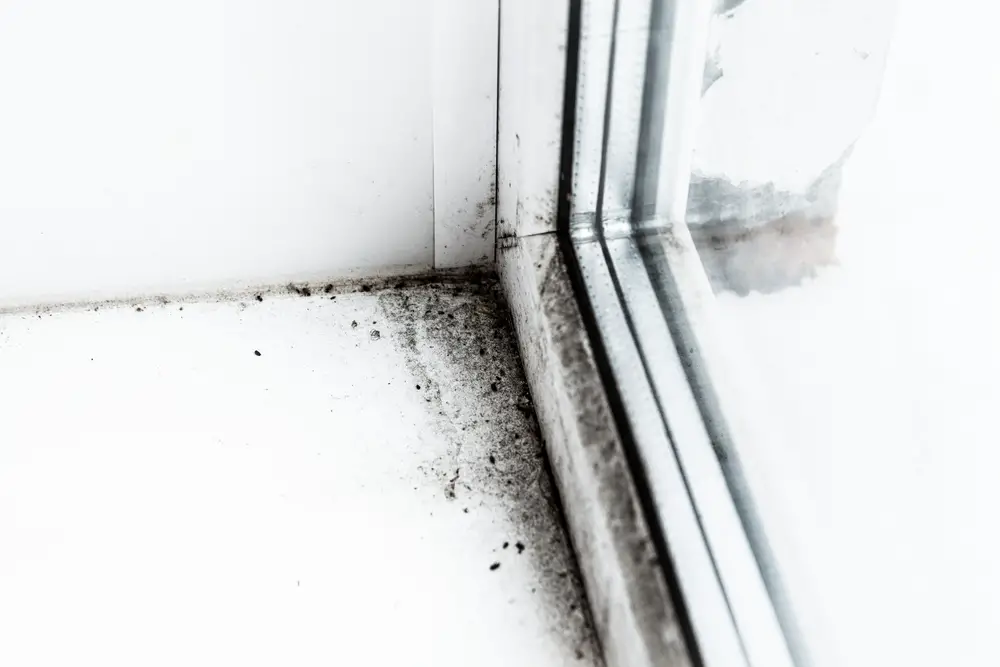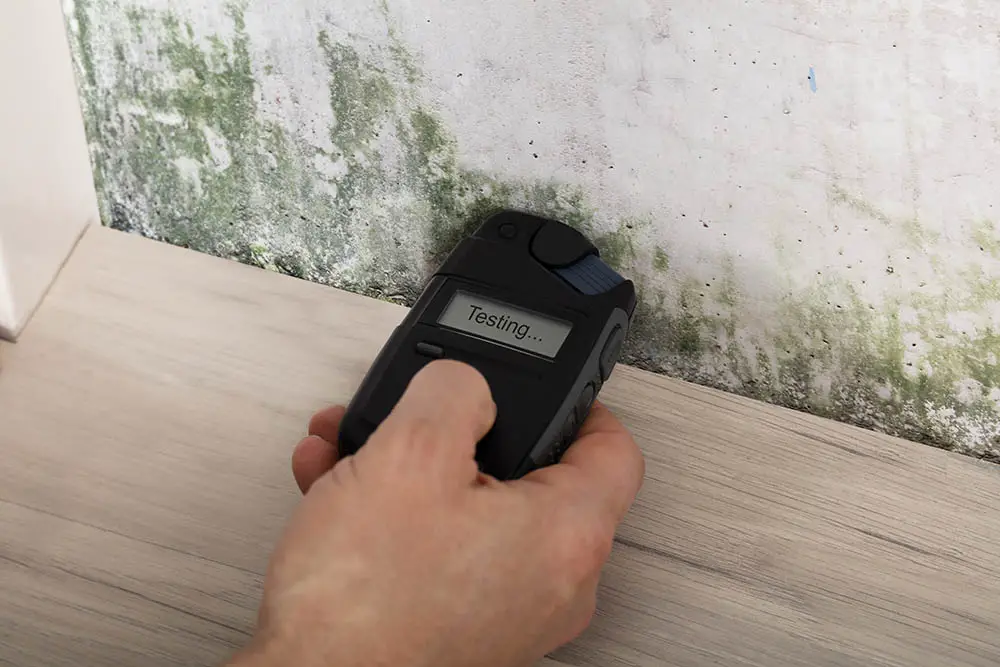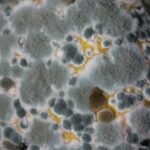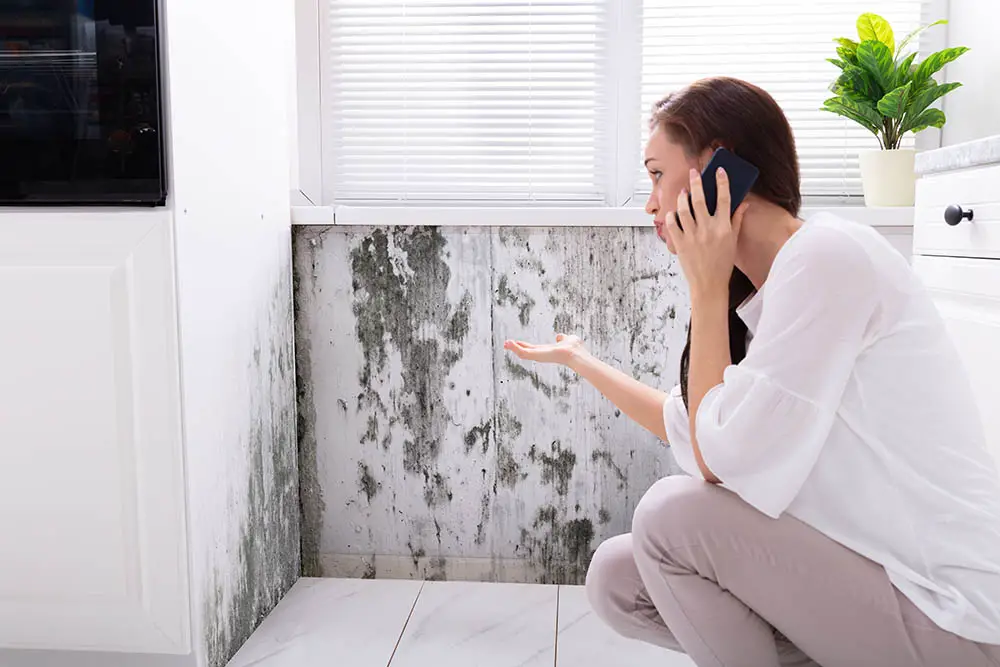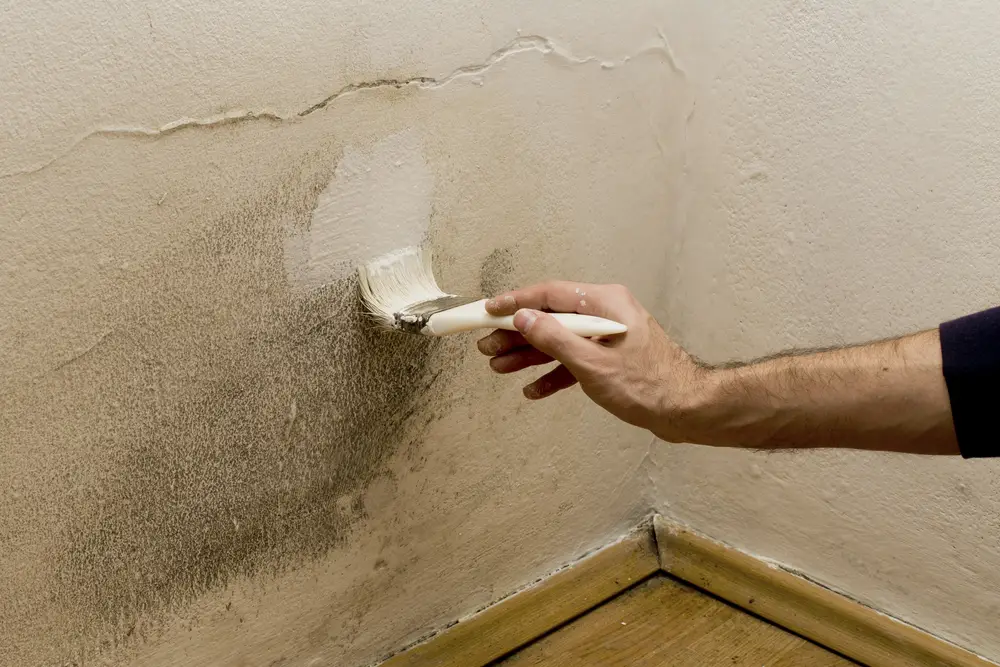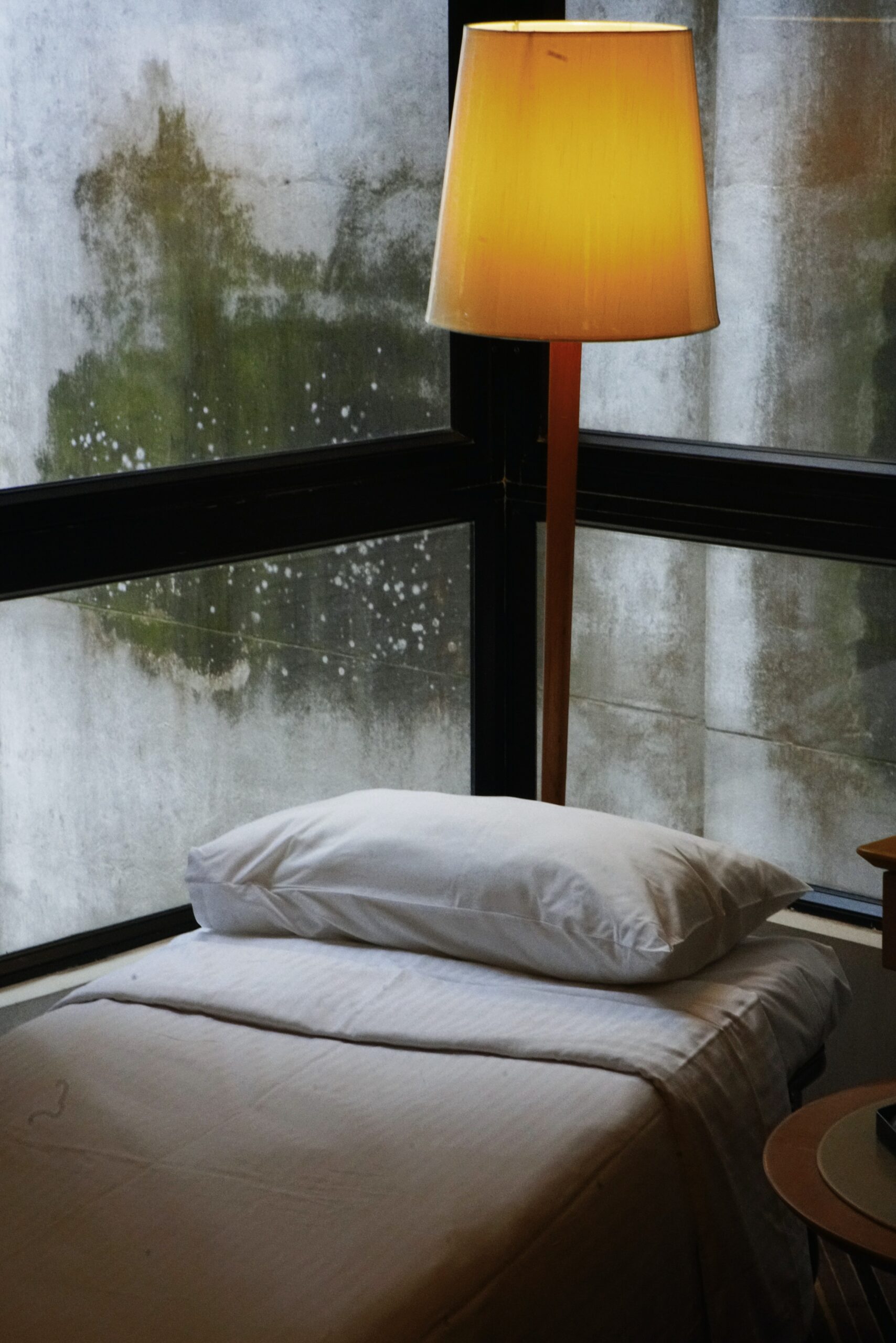If mold is detected within your home, its spores can settle onto the paper facing of drywall. Left unchecked, mold can proliferate, extending its reach across the entire wall and potentially infiltrating the wall cavity, where it can consume wooden framing and flooring materials.
Fortunately, addressing mold on drywall, commonly known as Sheetrock, can be managed effectively. Typically, remediation is feasible for areas spanning less than 10 square feet. However, larger infestations necessitate professional intervention.
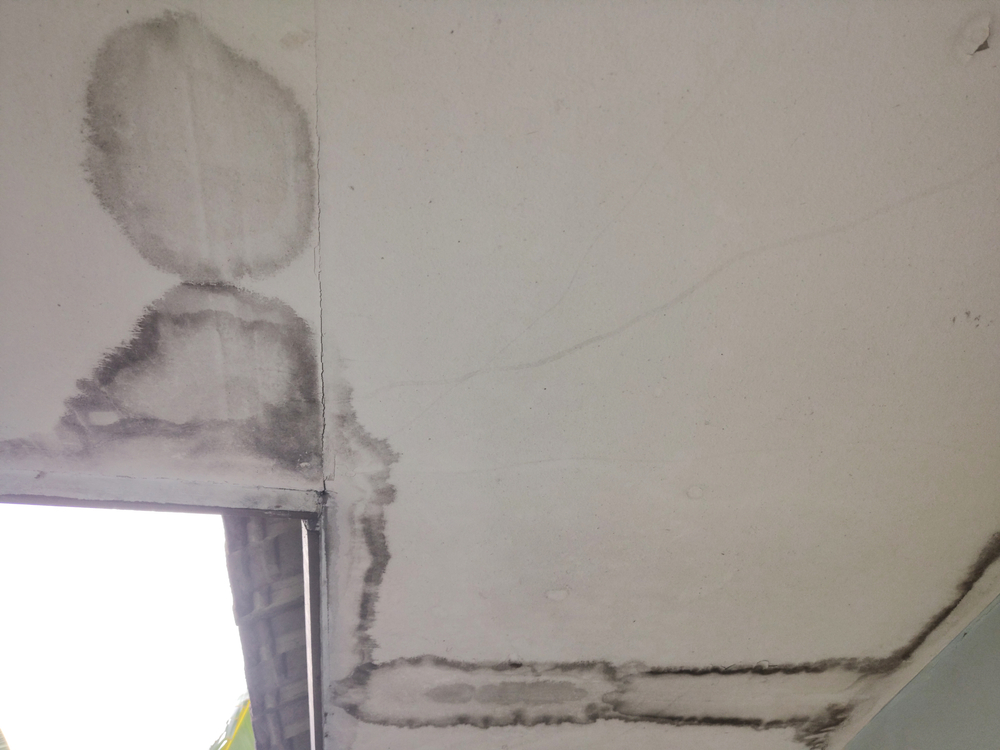
Smaller mold infestations on Sheetrock and drywall can be effectively eradicated.
Mold relies on moisture, suitable temperatures, and a food source for sustenance. Thus, when confronting a mold issue, the initial strategy involves depriving it of one or more of these essential elements to impede its survival.
It’s important to note, however, that this approach may not yield the same results for every mold species. Mold encompasses diverse types, some of which may exhibit varying degrees of resilience to environmental alterations. While certain molds may perish upon the removal of a vital resource, others may persist.
The primary step in addressing any mold problem is identifying the specific type of mold present. By discerning its identity, one gains insight into its vulnerabilities, facilitating targeted eradication measures for long-lasting effectiveness.
Understanding Drywall Mold
Mold thrives in environments with moisture, suitable temperatures, and organic matter for food. Drywall provides an ideal surface for mold growth due to its porous nature and susceptibility to moisture. Mold spores can settle on the paper face of drywall, quickly multiplying and spreading throughout the material. If left untreated, mold can compromise the structural integrity of drywall and pose health risks to occupants.
Identifying and Assessing Mold
Before tackling mold remediation, it’s crucial to identify the type and extent of mold growth. While smaller infestations under 10 square feet can often be handled independently, larger areas may require professional intervention. Conducting a thorough inspection of the affected area will help determine the appropriate course of action.
Removing Mold Safely
Effective mold removal begins with addressing the source of moisture that fosters mold growth. Whether it’s a leaky pipe, roof issue, or condensation, resolving moisture intrusion is paramount to prevent mold recurrence. Additionally, proper protective gear, including gloves, goggles, respirators, and long sleeves, is essential to minimize exposure to mold spores during removal.
For minor infestations, surface mold on drywall can be treated with mold-killing products or natural remedies like a mixture of baking soda, water, and vinegar. However, if the drywall is extensively damaged or compromised by mold, complete removal and replacement may be necessary. Careful handling and disposal of moldy materials are critical to prevent further contamination.
Seeking Professional Assistance
For larger mold infestations exceeding 10 square feet or when health concerns arise, consulting a professional remediation company is advisable. Certified mold remediation experts have the necessary training, equipment, and experience to safely and effectively remove mold from drywall while minimizing health risks.
Preventing Mold Recurrence
Prevention is key to avoiding future mold problems. Maintaining proper ventilation, controlling humidity levels, and promptly addressing water leaks or moisture issues can help deter mold growth. Regular inspections of vulnerable areas, such as bathrooms, basements, and attics, can catch mold early and prevent widespread infestation.
Conclusion
Mold growth on drywall is a common household issue that requires prompt attention and effective remediation. By understanding the causes of mold growth, implementing proper removal techniques, and taking preventive measures, homeowners can safeguard their properties and ensure a healthy indoor environment. Whether addressing minor mold spots or extensive infestations, prioritizing safety and thoroughness is essential for successful mold remediation.

